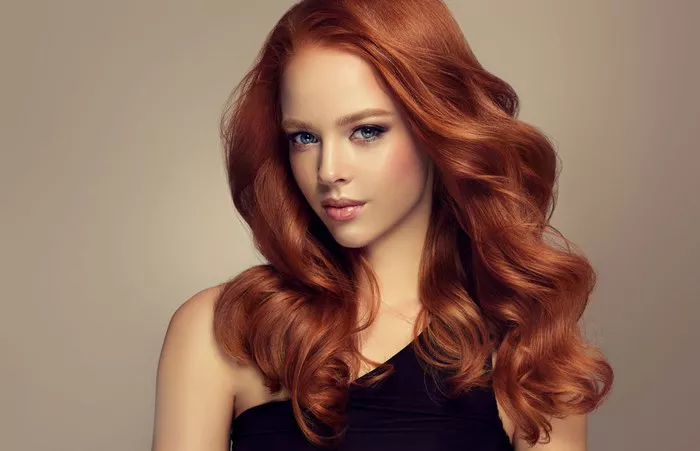In today’s world of hair color, the possibilities seem endless, with hair stylists constantly showcasing their creativity through rainbow-colored, glow-in-the-dark, and ombré designs. However, for those who find salon visits too expensive, local supermarkets offer an array of DIY hair products that seem like a convenient alternative.
But how effective are these at-home hair color products, and what should one realistically expect in terms of results? A recent incident involving nine-year-old Sophia Purcell and her mother, Jo Purcell, shed light on the potential challenges.
Sophia expressed a desire to color her hair hot pink, prompting her mother to explore a DIY solution. Jo found a semi-permanent hair dye, ‘shocking pink,’ from Schwarzkopf’s Live Colour Ultra Brights line, which promised vibrant results without damaging the hair.
However, the outcome was far from satisfactory. The pink hue barely showed up on Sophia’s hair, prompting another attempt, this time with bright green color. Despite being cautious about rinsing thoroughly, Sophia ended up with only a faint hint of green, and the dye even turned the bathwater green after a bath.
While it may seem like an easy task, hair coloring involves more complexity than meets the eye. According to Kirsty Ryan, the beauty lead at WITT Te Pūkenga New Plymouth Campus, it requires considerable skill and experience. Hair consists of three layers, with semi-permanent hair color molecules sitting on the outer cuticle layer. These larger molecules are washed out gradually with each hair wash, potentially explaining why the color didn’t adhere well to Sophia’s hair.
Ryan emphasized that several factors influence the choice of hair color, including hair porosity, which determines how well hair absorbs the product, and hair texture. Fine hair may appear darker when colored, while coarse hair can make the same color look lighter.
In response to the incident, Henkel, the parent company of Schwarzkopf, mentioned that their product provides instructions for achieving the best results, including a recommendation to pre-bleach hair. However, Jo Purcell was concerned about damaging Sophia’s hair with bleach and opted for a non-bleach approach.
The hair color box also contains a color table indicating the compatibility of box color with natural hair color. Henkel advised that the darker the natural hair color, the less vibrant the result will be, and those with thick hair should consider using two packs of color.
For Sophia’s chosen colors, ‘shocking pink’ and ‘sea mermaid green,’ the best results are seen on pre-bleached, very light blonde, light blonde, and medium blonde natural hair. Although Jo had reviewed these instructions, she expected some degree of color payoff despite Sophia not having blonde hair.
Henkel’s product is not recommended for children under 12 because the cuticle layer of young people’s hair often sits very flat or is closed, preventing color penetration and leading to wash-off. However, this age recommendation was not prominently displayed on the product.
Kirsty Ryan advised that, to avoid disappointment, seeking professional hair coloring services is often a worthwhile investment, even though it may be pricier than a DIY attempt. As for Sophia and her mother, they continue their search for a product that suits their needs.


